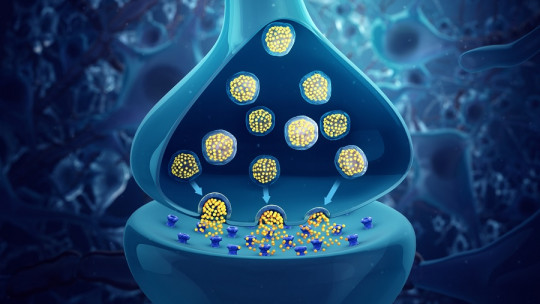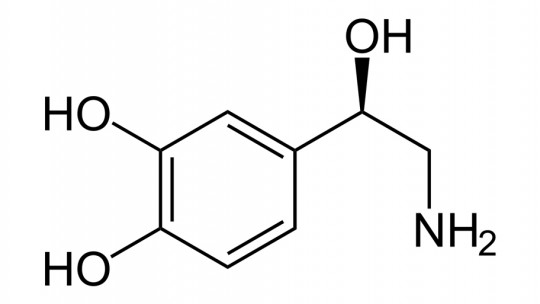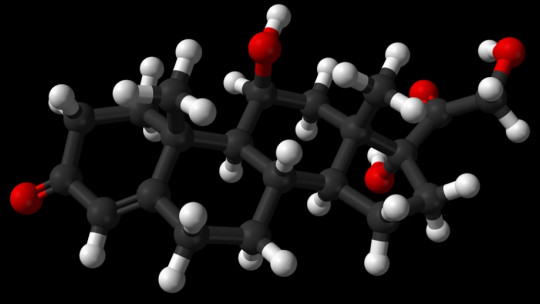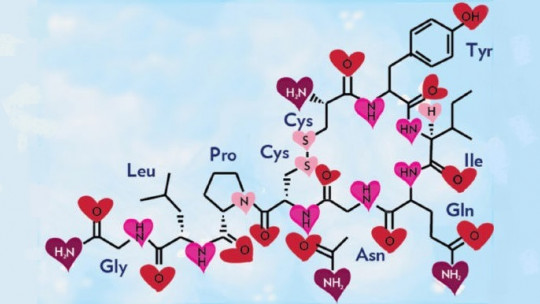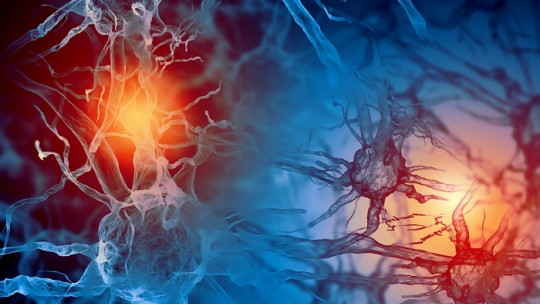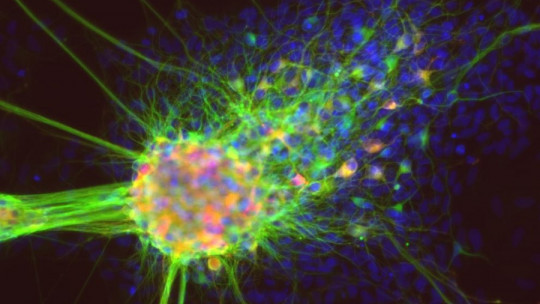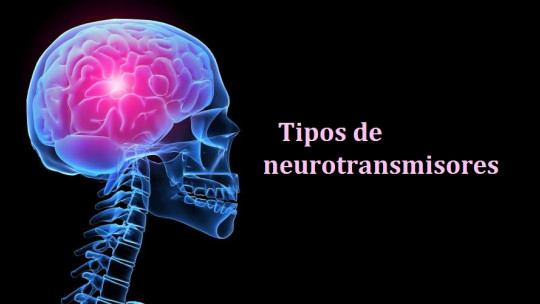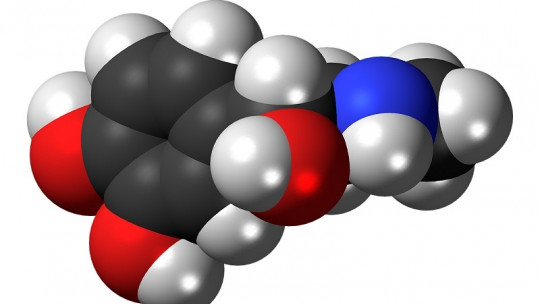
The adrenalin also known as epinephrine is one of those multipurpose substances that our body uses to regulate different bodily processes.
It is a hormone, since it travels through the blood to reach different areas of the body and fulfill its task in the most remote corners of it, but It is also a neurotransmitter which means that it acts as an intermediary in the communication between neurons that is established in the synaptic spaces.
Below you can read the main characteristics of adrenaline and the functions it performs in our brain and beyond it.
Where is adrenaline found?
Adrenaline is produced by our body, specifically in the Kidney glands which are located above the kidneys. However, it can also be synthesized in laboratories to create drugs administered in cases of medical emergencies. The latter, in itself, serves to give us an idea of the importance that the existence of a substance like adrenaline has for our body, which is involved in several of the most basic survival processes.
Adrenaline: the substance of activation
It is true that adrenaline fulfills many functions, but that does not mean that we cannot recognize a more or less clear pattern in the different effects that it has on us. This pattern can be summarized in the following: adrenaline is the hormone and neurotransmitter of situations in which we have to be alert and activated In other words, adrenaline predisposes us to react quickly and prepares us to get the most out of our muscles when it is necessary to move with a certain speed, either because of the danger we are in or because we find ourselves in situations in which we are in danger. It offers the opportunity to win something if we are agile enough.
Adrenaline prepares us for situations in which we need to be especially activated both physically and psychologically. That is why it can be said that adrenaline triggers survival mechanisms which are put into action in emergency situations, such as those in which danger is perceived or one has to react quickly.
Different activation mechanisms
Adrenaline does not act globally, activating our body, since there is no single “spring” that puts us in that state of alert. Instead, it goes to different parts of the body to produce different effects that, in their interaction with each other and with the rest of the vital functions, result in the activation
The most important alert processes that adrenaline triggers when secreted in relatively high quantities are these:
1. Dilates the pupils
Adrenaline causes the pupils to dilate, so that more light enters and we are more aware of what happens around us. It is a biological mechanism that for millions of years has helped us adapt to the environment and react quickly to possible dangers that threaten us.
2. Dilates blood vessels
Thanks to adrenaline, the blood vessels most related to vital organs widen, while those that are thinner and close to the outer layer of the skin become compressed (giving us a somewhat pale appearance), since they are not as important. and in dangerous situations they could break. The result is an increase in blood pressure and greater resistance to possible attacks or accidents.
3. Mobilizes glycogen
The release of adrenaline is related to the breakdown of glycogen, which is the energy that is reserved in the muscles and other parts of the body for those most physically demanding moments. The consequence of this is that the concentration of glucose in the blood ready to be burned (for example in case of imminent danger) increases
4. Increases heart rate
Get your heart rate faster so that we can cope with great efforts more easily By pumping more blood, our muscles are better supplied with oxygen, so they can exert greater effort.
5. Slows down bowel movement
Slows down intestinal movement, since consumes energy that is not so necessary in moments of alert A way to ensure that energy is concentrated in the muscles.
6. Increase the rate at which we breathe
Adrenaline increases the rate at which we breathe in and out, to better oxygenate the blood and perform more physically This allows us to react more energetically to stimuli that indicate danger, even though a minute before we were in a state of rest.
7. Consolidate long-term memories
There are studies that suggest a role for adrenaline in making certain learning consolidated in emotional memory, so that it is easier to recover it in the long term.
Physiological and psychological effects
As with all hormones and neurotransmitters, it cannot be said that adrenaline has effects only on the “rational” dimension of our psyche, just as it does not have effects exclusively on our most emotional part.
The functions it performs are both physiological (such as regulating blood pressure or breathing rate and dilating the pupils) such as psychological (stay alert and be more sensitive to any stimulus), since both domains overlap.
Excesses of adrenaline also pay
A excess adrenaline It is not free for our body. Upward imbalances in the levels of this substance can generate hypertension, headache, increased temperature and symptoms associated with anxiety disorders or chronic stress, such as nausea, tremors or sleeping problems. Besides, adrenaline spikes can cause vision to become more blurry since they increase the pressure in the eyes.
This is something that we should take into account when evaluating the quality of our lifestyle. Being very active all day can be more or less productive depending on the person and the context, but it is certainly not healthy. The body needs to rest and that is why We must pay attention to the signals that our body sends us in the form of tiredness and sleep.

